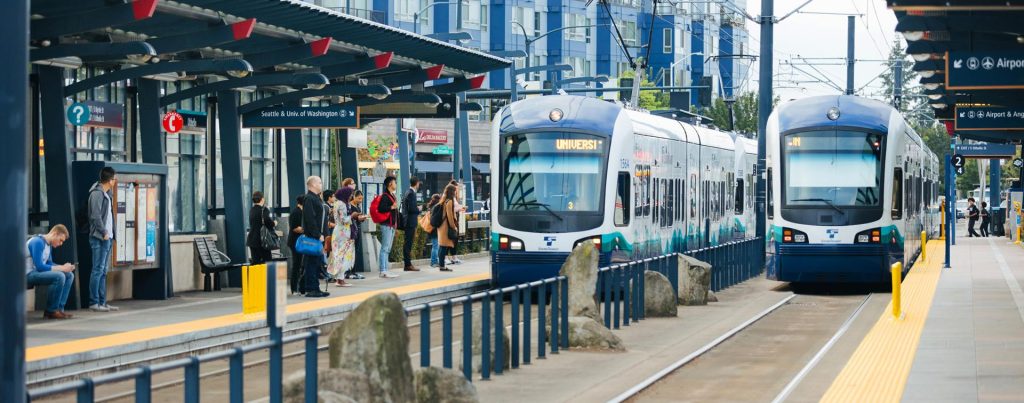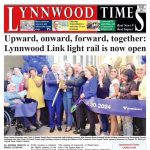Transit ridership dropped sharply with the onset of the COVID pandemic in 2020. The slow rebound in the years that followed has prompted discussion, sometimes in hushed tones, as to whether transit had entered a “death spiral.” That ominous description refers to a situation where a decrease in ridership leads to lower farebox revenue, which in turn leads to service cuts, which further reduces ridership, and so on in a vicious downward cycle.

There are historical examples, notably in rust-belt cities that experienced significant loss of population and jobs as their downtowns hollowed out. However, a careful examination of trends in Washington State reveals both similarities and significant differences. Perhaps the biggest difference is the strong growth in transit agency revenue, which increased from $2.15 billion in 2012 to $5.19 billion in 2022. The increase in funding is mostly due to an increase in sales tax revenue and federal grants.
The trend in hourly operating costs is not so encouraging. For example, King County Metro’s operating costs have increased from under $150 dollars per service hour in 2011 to over $235 per hour in 2022, an increase of 20% adjusted for inflation. The statewide averages have also increased steadily, rising from $148 per hour in 2012 to $215 per hour in 2022, an increase of 14% after inflation.
Another worrisome trend has been the decrease in service productivity. In 2012 bus service in Washington State averaged 31.4 passenger boardings per service hour, but by 2022 that had fallen to just 15.96 boardings per hour. For King County Metro productivity was fairly steady until about 2015, after which it began to trend downward, falling off steeply with the COVID pandemic in 2020.
These trends show that transit in Washington State is not in the typical “death spiral” of decreased revenue leading to service cuts leading to lower ridership. Rather, the problem is that costs are spiraling up while productivity has been trending down.
It follows that finding additional sources of subsidy, which has been the most common transit agency response, will not reverse these unfavorable performance trends. Indeed, more revenue may simply move the agencies farther down the slope of diminishing returns.
This suggests the transit business model is unsustainable. Because sales tax revenue, which is far and away the largest revenue source for transit, continues to increase, the transit agencies aren’t in danger of running out of money. The increase in subsidies has allowed agencies to postpone difficult questions about the effectiveness of transit service, even as ridership falls far short of the levels assumed in adopted plans. But eventually decisions will need to be made about whether to continue providing service on low productivity routes.
Even though the transit “death spiral” has been dodged for the time being, the question of how to efficiently provide mobility looms ever larger. It has also become clear the conveniently optimistic assumptions and forecasts in the plans of transit and regional planning agencies are no longer valid. Updating those plans and their underlying assumptions so they reflect actual trends is urgently needed. This is not a situation where transit’s increasingly serious performance problems can be wished away.
Charles Prestrud, Center for Transportation Director, Washington Policy Institute
About Charles Prestrud

Charles Prestrud is director of the Coles Transportation Center. Charles brings more than thirty years of transportation experience to the position, including serving as WSDOT’s planning manager for King and Snohomish Counties, and earlier in his career, as planning manager for a transit agency.
His professional work has included leading the preparation of a long-range transit plan, analysis of legislative proposals, development of State Highway HOV policy, crafting Federal and regional grant applications, and lots of inter-agency coordination (sometimes successfully). He has served on several Transportation Research Board committees as well as National Cooperative Highway Research Program study panels.
Charles graduated from the University of Washington where his studies focused on economics and geography. His favorite pastimes include reading economics journals, avoiding traffic jams, and boating when the weather is good.
Op-Ed DISCLAIMER: The views and comments expressed are those of the writer and not necessarily those of the Lynnwood Times nor any of its affiliates.
Author: Lynnwood Times Contributor









